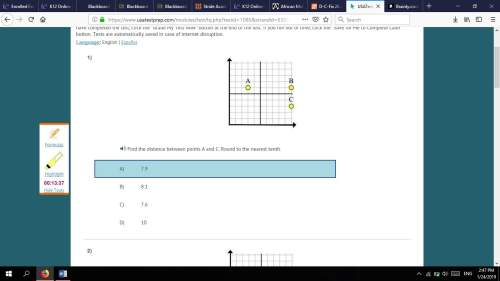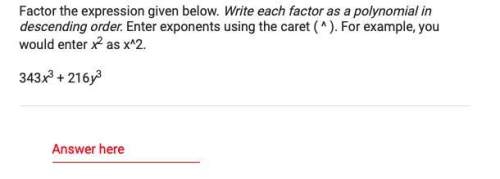
Mathematics, 18.12.2019 01:31 Sk8terkaylee
Sample problem #3: the following information applies to questions a-d. an article was recently published on the relationship between caffeine consumption during pregnancy and low birth weight. the article was based on the results of a case-control study. as you know, caffeine is present in a wide variety of beverages, foods, and medications, including coffee, tea, and colas. the following statements have been taken from the introduction and results sections of the article. select the hill’s guideline that best describes each statement. a. caffeine exposure during pregnancy could have a harmful effect because caffeine interferes with cell division, metabolism, and growth. (2)a. consistencyb. dose-responsec. temporalityd. biological plausibilitye. strength of the associationb. four prior case-control studies and three cohort studies of caffeine intake during pregnancy have shown an increased risk of low birth weight infants among women who consumed high amounts of caffeine. (2)a. consistencyb. dose-responsec. temporalityd. biological plausibilitye. strength of the associationc. in the current study, there was a four-fold increased risk (or=4.0) of giving birth to a low birth weight infant among women who drank caffeine during pregnancy compared to women who did not consume any caffeine during pregnancy. (2)a. consistencyb. dose-responsec. temporalityd. biological plausibilitye. strength of the associationd. the risk of low birth weight increased as the caffeine consumption increased. compared to women who did not consume any caffeine during pregnancy, the relative risk of giving birth to a low birth weight infant was 1.4 for women who had low caffeine consumption, 2.3 for women who had moderate caffeine consumption, and 5.6 for women who had high caffeine consumption. (2)a. consistencyb. dose-responsec. temporalityd. biological plausibilitye. strength of the association

Answers: 2


Another question on Mathematics

Mathematics, 21.06.2019 15:00
Achemist has 200 ml of a 10% sucrose solution. she adds x ml of a 40% sucrose solution. the percent concentration, y, of the final mixture is given by the rational function: the chemist needs the concentration of the final mixture to be 30%. how many milliliters of the 40% solution should she add to the 10% solution to get this concentration?
Answers: 1

Mathematics, 21.06.2019 18:00
For a field trip to the zoo, 4 students rode in cars and the rest filled nine busess. how many students were in each bus if 472 students were on the trip
Answers: 1


Mathematics, 22.06.2019 00:00
Table of values relation g values x, y 2,2 /3,5 /4,9 /5,13 which ordered pair is in g inverse? a(-2,2) b(-3,-5) c)4,9) d( 13,5)
Answers: 3
You know the right answer?
Sample problem #3: the following information applies to questions a-d. an article was recently publi...
Questions



Spanish, 23.07.2019 02:30


Mathematics, 23.07.2019 02:30

Mathematics, 23.07.2019 02:30

Social Studies, 23.07.2019 02:30




Business, 23.07.2019 02:30

Mathematics, 23.07.2019 02:30

French, 23.07.2019 02:30



Chemistry, 23.07.2019 02:30



History, 23.07.2019 02:30





